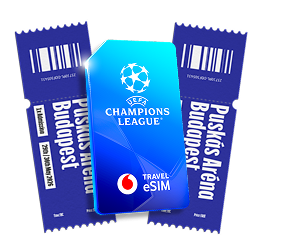In his short time as a coach, Serhiy Rebrov has already amassed more trophies than many managers will win during their entire careers. The 46-year-old led Dynamo Kyiv to back-to-back titles in 2015 and 2016 and then did the same with Ferencváros in 2019 and 2020.
“Serhiy Rebrov brought something to the team which was not there before – a lot of attention to every detail,” explains Sporting director Tamás Hajnal. “He brought good organisation, good structure. The roles are very clearly defined so everybody knows and understands what he has to do in possession, out of possession, in the transition phases of the game, and he repeats it again and again.”
Captain Gergő Lovrencsics has felt the Ukrainian’s impact on his game and the team’s. “We’ve improved a lot – especially tactically, but also physically. When Serhiy arrived, he started to tell us about different tactical variations, from the goalkeeper to the forwards. He explained where each player should be in different situations.
“At first this was strange and new. Before he arrived I’d been playing as a right-sided midfielder for a year. Iran up then came back. I wasn’t always where I should have been and I didn’t play as well as I wanted to. I made a lot more mistakes.
“When the coach arrived he just told me, ‘When your opponent has the ball you go down there, next to the line, use the whole width of the pitch. If you are further in, you will be attacked quicker, but if you are further out you’ll get more time.’ He has helped me a lot, but I can speak for the others, because he has helped all of them. He is tactically prepared for everything. He’s always preparing for the next opponent. This is the biggest improvement the team has undergone.”

























